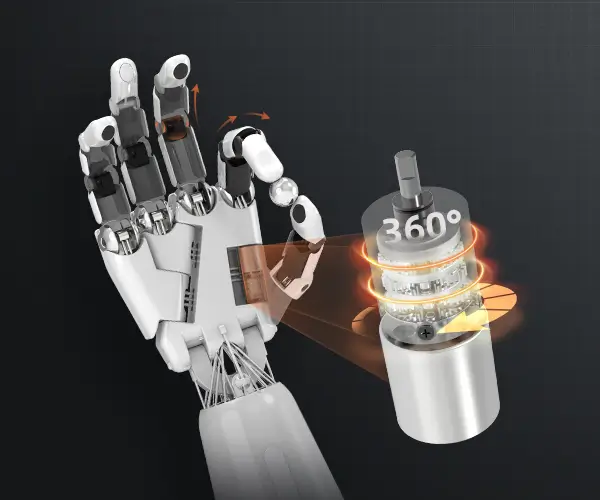Ever wonder how to keep your microservices architecture from turning into a tangled mess? If you’re diving into the world of distributed systems with Java, you’ve probably stumbled upon the saga pattern. It's like having a safety net when orchestrating multiple, independent service calls—dancing around failures without losing your rhythm.

Picture this: you’re building an e-commerce platform. A customer pours in an order, but behind the scenes, there’s inventory check, payment processing, notification emails—all happening in parallel. Now, what if one step fails? The saga pattern steps in, letting you undo or compensate for previous actions, maintaining data consistency without breaking a sweat.
But how does this work under the hood? Imagine a chain of transactions, each one tied to its successor and predecessor. When something goes wrong, a compensation action kicks in, undoing the partial commit. Implementing this in Java might seem daunting at first—callbacks, event queues, communication between services. But frameworks and libraries make it smoother than you’d think.
Take KPOWER’s approach—it's about designing a resilient system that naturally handles failures. You might set up a saga orchestrator that keeps track of every step. For example, if a payment fails after the inventory is reserved, your system can automatically release the inventory, roll back the order, and notify the customer—all without manual intervention. That kind of automation is game-changing.
You may ask, “Isn’t distributed transactions enough?” Well, traditional two-phase commits are often overkill and can become a bottleneck. Sagas break things down into manageable, independent units, working asynchronously. It’s like having a choreographed dance where everyone knows their moves and can adapt on the fly.
Transitioning to this pattern in Java involves understanding messaging queues—like Kafka or RabbitMQ—and how services communicate asynchronously. With tools like Spring Boot, it's straightforward to set up these saga workflows, making your microservices more robust and scalable.
And here’s the real kicker—when systems handle failures gracefully, customers barely notice the hiccup. Instead, they see seamless transactions. That’s powerful. Reliability and user experience go hand in hand, and the saga pattern is a shining example of that.
So, why might someone choose this approach? Flexibility. Better fault tolerance. Cleaner code. Less downtime. Once you grasp the flow, it’s easier to see how it fits into larger systems. It’s like tuning a musical ensemble, ensuring no single instrument ruins the harmony.
Getting started might seem tricky at first, but once you understand the principles of the saga pattern in Java, you'll see how it unlocks a new level of reliability for microservices. It’s not just about handling failures—it’s about making your entire architecture smarter, more resilient, and ready for the unpredictable nature of real-world operations.
Established in 2005, Kpower has been dedicated to a professional compact motion unit manufacturer, headquartered in Dongguan, Guangdong Province, China. Leveraging innovations in modular drive technology, Kpower integrates high-performance motors, precision reducers, and multi-protocol control systems to provide efficient and customized smart drive system solutions. Kpower has delivered professional drive system solutions to over 500 enterprise clients globally with products covering various fields such as Smart Home Systems, Automatic Electronics, Robotics, Precision Agriculture, Drones, and Industrial Automation.




































